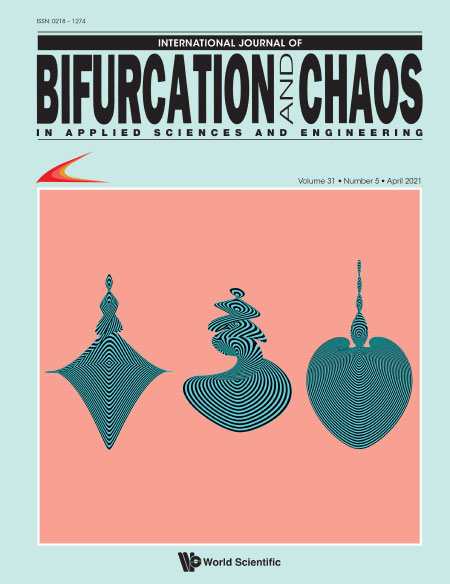Construction of One-Dimensional Nonuniform Number Conserving Elementary Cellular Automata Rules
Abstract
An effort to study one-dimensional nonuniform elementary number conserving cellular automata (NCCA) rules from an exponential order rule space of cellular automata is an excellent computational task. To perform this task effectively, a mathematical heritage under the number of conserving functions over binary strings of length n has been highlighted along with their number conserving cellular automata rules (either uniform or nonuniform). A basic approach for the construction of some feasible nonuniform NCCA rules of any finite configuration with the assistance of nine uniform elementary CA rules has been investigated. From our construction procedure, recurrence equations are formulated as suitably solved to ascertain the actual range of NCCA rules. The state transition diagrams (STDs) of NCCA rules are analyzed. While classifying the binary strings through STDs, we found a fascinating optical insight that equal weight strings from a class whose cardinality is the same as the binomial coefficient C(n,k) where n is the length and k is the weight of the binary string.



